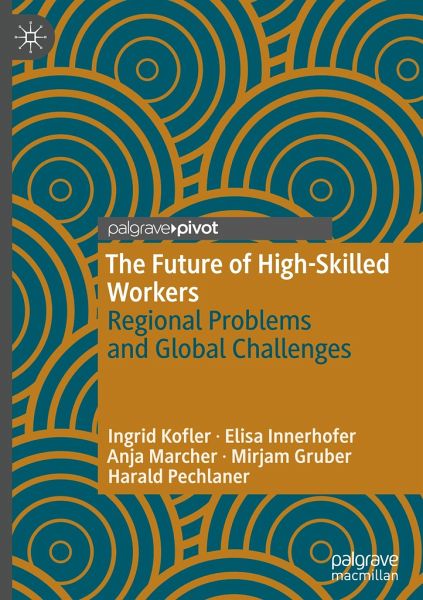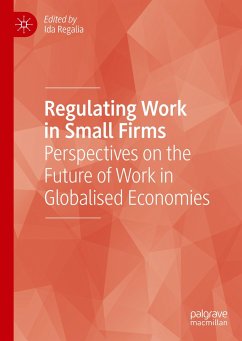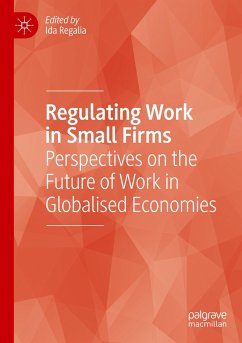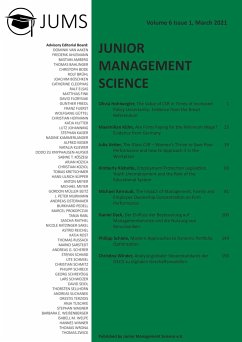
The Future of High-Skilled Workers
Regional Problems and Global Challenges

PAYBACK Punkte
19 °P sammeln!
The nature of work is changing, due to demographic shifts, globalization, and digitization. Regional local labor markets are in global competition for (highly) qualified and specialized workers. At the same time, the workforce's desire for flexibility and the increasing speed at which skill requirements are changing are producing disparities at the spatial, social, and economic levels.This book discusses the global and local drivers behind these developments. It explores the factors which cause global inequalities between urban and rural areas, and highlights how cities, regions and countries ...
The nature of work is changing, due to demographic shifts, globalization, and digitization. Regional local labor markets are in global competition for (highly) qualified and specialized workers. At the same time, the workforce's desire for flexibility and the increasing speed at which skill requirements are changing are producing disparities at the spatial, social, and economic levels.
This book discusses the global and local drivers behind these developments. It explores the factors which cause global inequalities between urban and rural areas, and highlights how cities, regions and countries attract these sought-after employees to address skills shortages. The book includes an in-depth case study on high-skilled workers in South Tyrol, Italy. No single academic discipline can adequately capture the dynamics of the future labor market, and the authors therefore take an interdisciplinary approach, combining insights from different disciplines. This book will bea valuable resource for policymakers, students and researchers seeking to understand the driving forces behind the ever-changing labor market and the future of high-skilled work.
This book discusses the global and local drivers behind these developments. It explores the factors which cause global inequalities between urban and rural areas, and highlights how cities, regions and countries attract these sought-after employees to address skills shortages. The book includes an in-depth case study on high-skilled workers in South Tyrol, Italy. No single academic discipline can adequately capture the dynamics of the future labor market, and the authors therefore take an interdisciplinary approach, combining insights from different disciplines. This book will bea valuable resource for policymakers, students and researchers seeking to understand the driving forces behind the ever-changing labor market and the future of high-skilled work.














